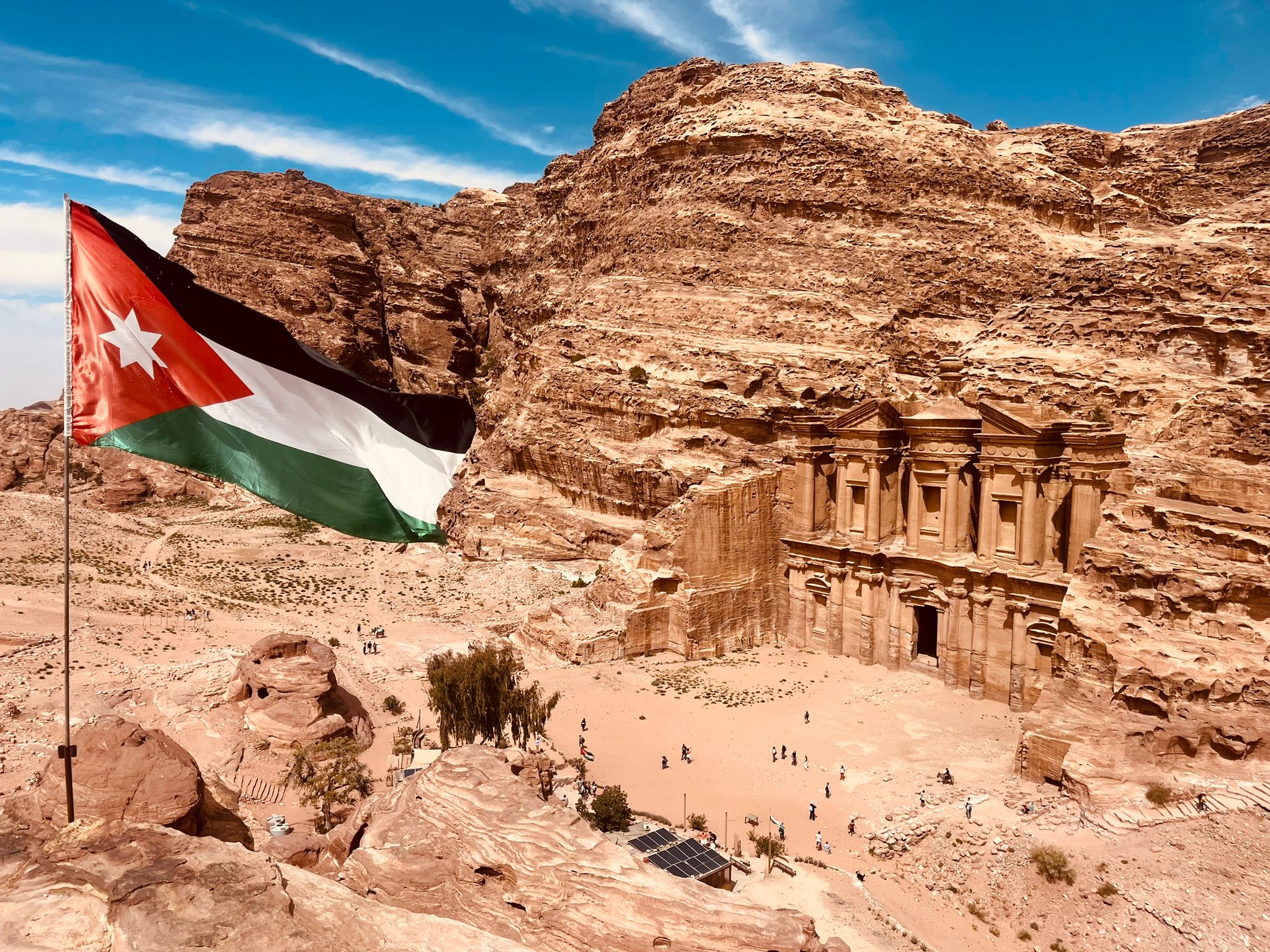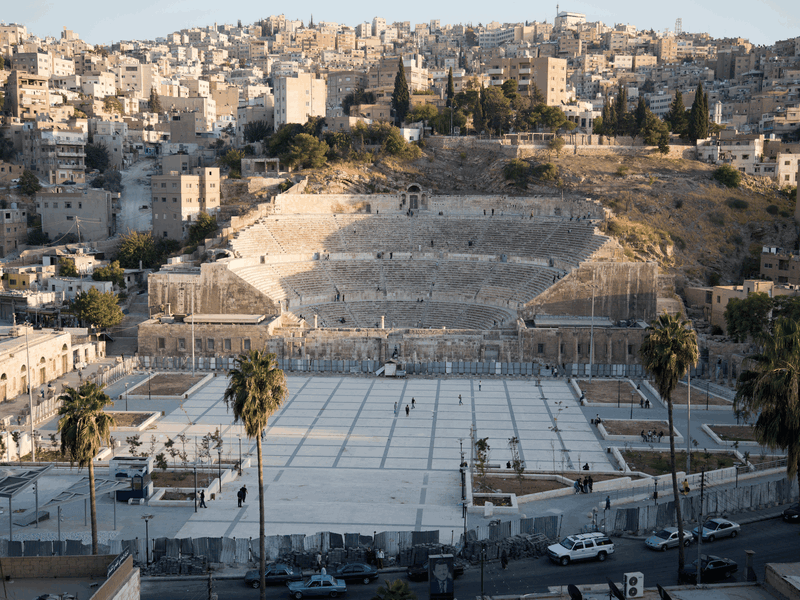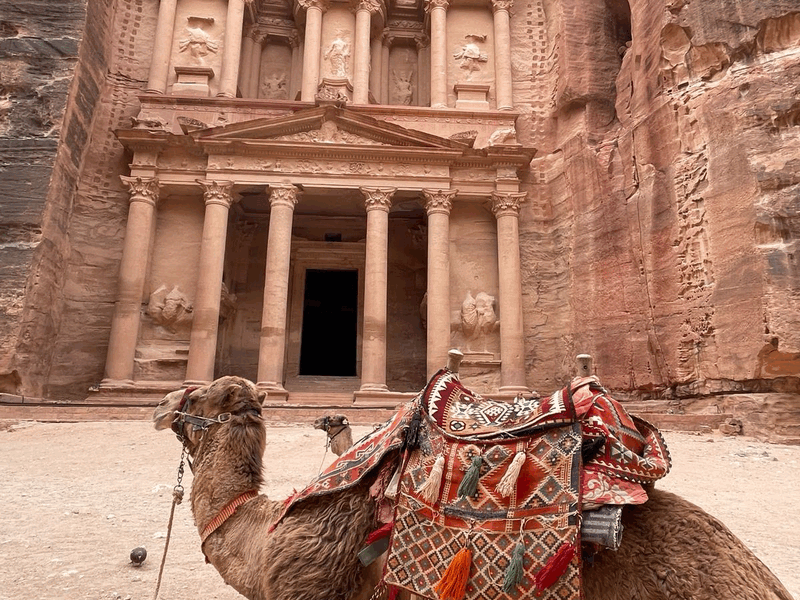Unveiling Roman Hydraulic Engineering: US Researcher Explores Distinctive Water Systems
Diving into the intricate hydrological engineering of the ancient world, an American archaeologist sheds light on how water was distributed across several Roman sites, revealing fascinating distinctions among them.
Drawing parallels across Ammon, Gerasa, and Umm Qais—archaeological gems resonating with Decapolis, Levant, North African, and Italian influences—the researcher underscores unique differentiators that set these sites apart, even as they share a common historical context.
Jerash emerges as a prime illustration of the conventional Roman approach to water distribution, elegantly utilizing street-side fountains, expansive reservoirs, and discreet cisterns concealed within public edifices to facilitate the flow of water. Clare Rasmussen, a scholar at Bryn Mawr College’s Department of Classical and Near Eastern Archaeology, emphasizes this, noting that public structures like baths, markets, and ornate nymphaeum fountains formed the crux of water consumption.
Notably, these practices find additional manifestations in landmarks such as the Temple of Artemis complex, South Theatre, and the north tetrapylon. The latter structure, in particular, piques interest as its waterspouts grace both its north and south pilasters. Rasmussen theorizes that these spouts could have been more ornamental in nature, possibly mimicking fountains seen elsewhere, unlike their counterparts in Pompeii and the Arch of Caracalla at Volubilis.
Rasmussen delves into the enigmatic nature of water-consuming structures, highlighting how the nymphaeum and its adjacent fountain structure were prominent consumers. While the main street route likely extended its supply to other Roman public buildings, their precise functions remain shrouded. She elaborates on the shift in the later Roman period, where two bath houses emerged as significant water consumers.
Beyond Jerash, the analysis extends to Umm Qais and Amman, where the theater structures demonstrate connections to the water network. These connections, Rasmussen posits, may have evolved to accommodate water-centric spectacles, gaining traction between the 3rd and 5th centuries AD. The spring sites, housing religious festivals and healing cults, contribute to the broader understanding of this trend within the region and the vast Roman Empire.
Rasmussen’s comprehensive comparison also encompasses Amman, a city whose archaeological understanding is comparatively murkier. The city’s water supply narrative aligns with regional trends, with the colonnaded street acting as a conduit to major Roman public buildings in the lower city—such as the nymphaeum, bath, and forum. A distinctive exception arises at the Citadel, which relied on rainfall to replenish its cisterns, underscoring the multifaceted strategies employed by the Romans in managing their water resources.





